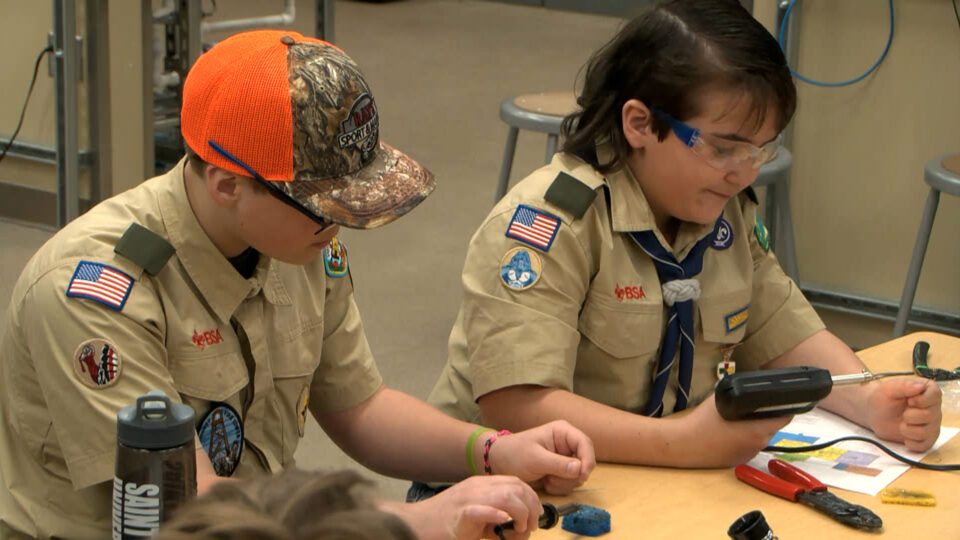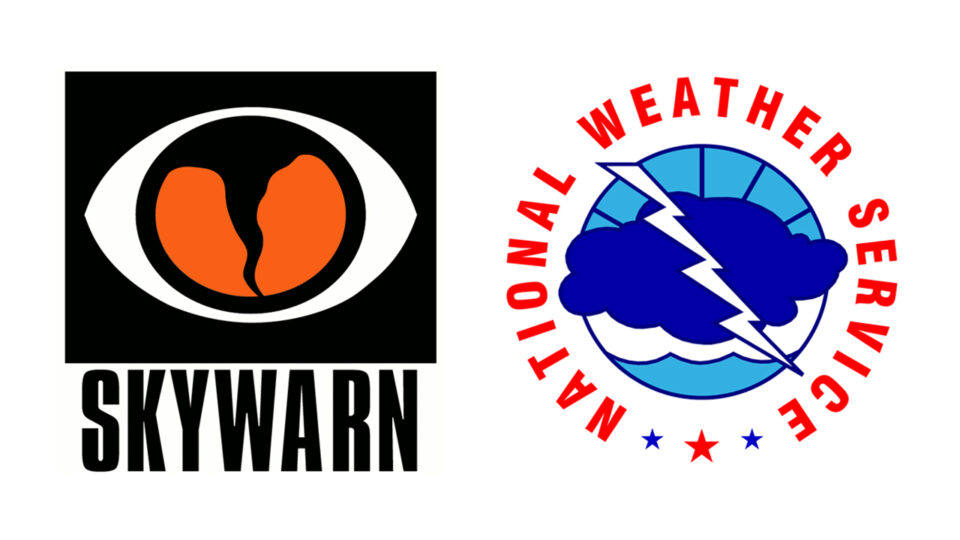Mar 26, 2016 | By: Lakeland PBS
Bald Eagles on Spring Migration Back to Minnesota
Bald eagles are migrating back to Minnesota and may be seen in large numbers across parts of the state over the next few weeks, according to the Minnesota Department of Natural Resources.
“Ice is breaking up along the rivers, so it’s definitely time for folks to keep their eyes out,” said Lisa Gelvin-Innvaer, DNR regional nongame wildlife specialist. “It all depends on the weather. It’s typical to see eagles coming through our area in mid-to-late March, as waters begin to open up and snow melts. This year, some eagles began migrating through in February.”
 Only two states, Florida and Alaska, have greater nesting populations of bald eagles than Minnesota. In 2005, researchers estimated there were more than 1,300 active nests in Minnesota, and that number likely has increased since then.
Only two states, Florida and Alaska, have greater nesting populations of bald eagles than Minnesota. In 2005, researchers estimated there were more than 1,300 active nests in Minnesota, and that number likely has increased since then.
Fall migration typically occurs as lakes and rivers freeze over, since most eagles prefer a diet of fish. Bald eagle wintering grounds ideally contain open water, ample food, limited human disturbance and protective roosting sites.
Not all bald eagles migrate southward in the fall, Gelvin-Innvaer said. In southern Minnesota, it’s common for some eagle pairs to stay the winter, especially during milder winters.
Bald eagles that stay local may begin courting and nesting as early as December or January. Other bald eagles return to their breeding territories, as soon as a food source is available.
“Eagle migration hotspots are a bit of a moving target, so it’s hard to say where the eagles are right now,” Gelvin-Innvaer said. “In Minnesota, the biggest concentrations tend to be along the Minnesota River corridor, the north shore of Lake Superior and around Lake Pepin in southeastern Minnesota.”
Adult bald eagles are easily identified by a white head and tail contrasting with a dark brown body. Bald eagles attain full adult plumage in their fourth or fifth year. In flight, bald eagles are sometimes confused with turkey vultures. However, bald eagles have a tendency to soar on flat, board-like wings, while turkey vultures fly with their wings in a V-shape.
Bald eagles are one of many wildlife species that benefit directly from tax-deductible donations to the Nongame Wildlife checkoff on Minnesota tax forms or online year-round at www.mndnr.gov/nongame/donate/.
Checkoff dollars fund research, surveys and education for more than 700 nongame wildlife species. Every dollar donated is matched by funds from the Reinvest In Minnesota Account.







